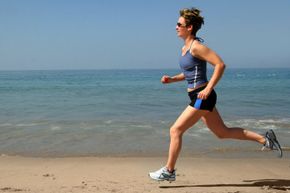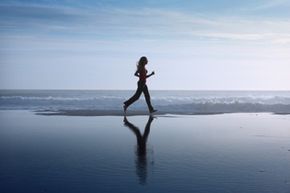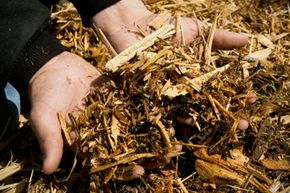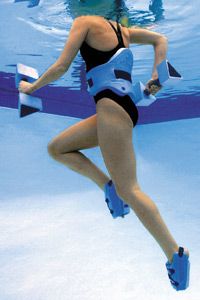Exercising and staying fit is often easier and more rewarding when you have a defined goal to work toward. For many, that goal is a triathlon. A true test of endurance and strength, the triathlon competition consists of courses of swimming, cycling and running. The competition is popular partly because of the well-rounded physical fitness needed to do well at all three. A good training process will help get you there.
Training for such a competition can be grueling, but knowing the best training methods will help ease the process. If the running part is your Achilles heel of the competition, and if you're struggling to improve your running performance, one thing that can help is switching to a soft surface for your training.
Advertisement
Many beginners overlook the importance of surface. And those in urban areas often run on concrete and asphalt simply because it's most convenient. But you can't underestimate the difference a particular surface makes. If you have any doubts about this, try running on the sidewalk, and then switch over to soft sand on the beach. You won't be able to run nearly as fast on the beach, and you'll tire yourself out quickly, too.
Ever wonder why sand is so much more difficult to run on? When your foot hits soft sand, it absorbs much of the energy your foot is exerting downward. So when you push off to move forward, a lot of the energy goes down into the sinking sand rather than giving you leverage to push yourself off.
So why, for heaven's sake, would many training experts recommend using soft surfaces such as sand to train rather than hard surfaces, where you can get your best running speeds? We can tell you: It's not just for the pleasant sound of the waves and seagulls. It's because it'll give you a more vigorous workout. Still, there are limits and disadvantages to soft surface training as well.
Advertisement





